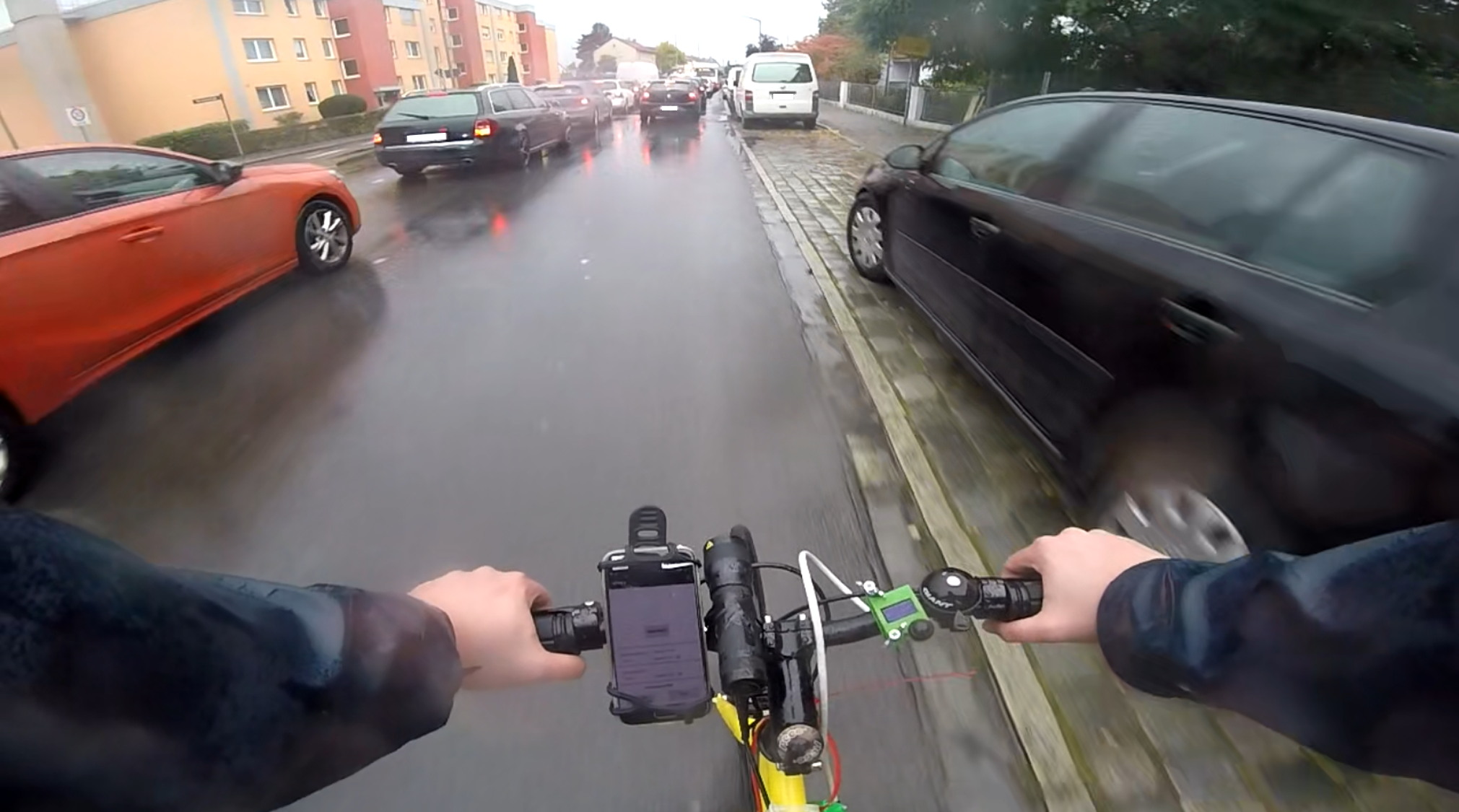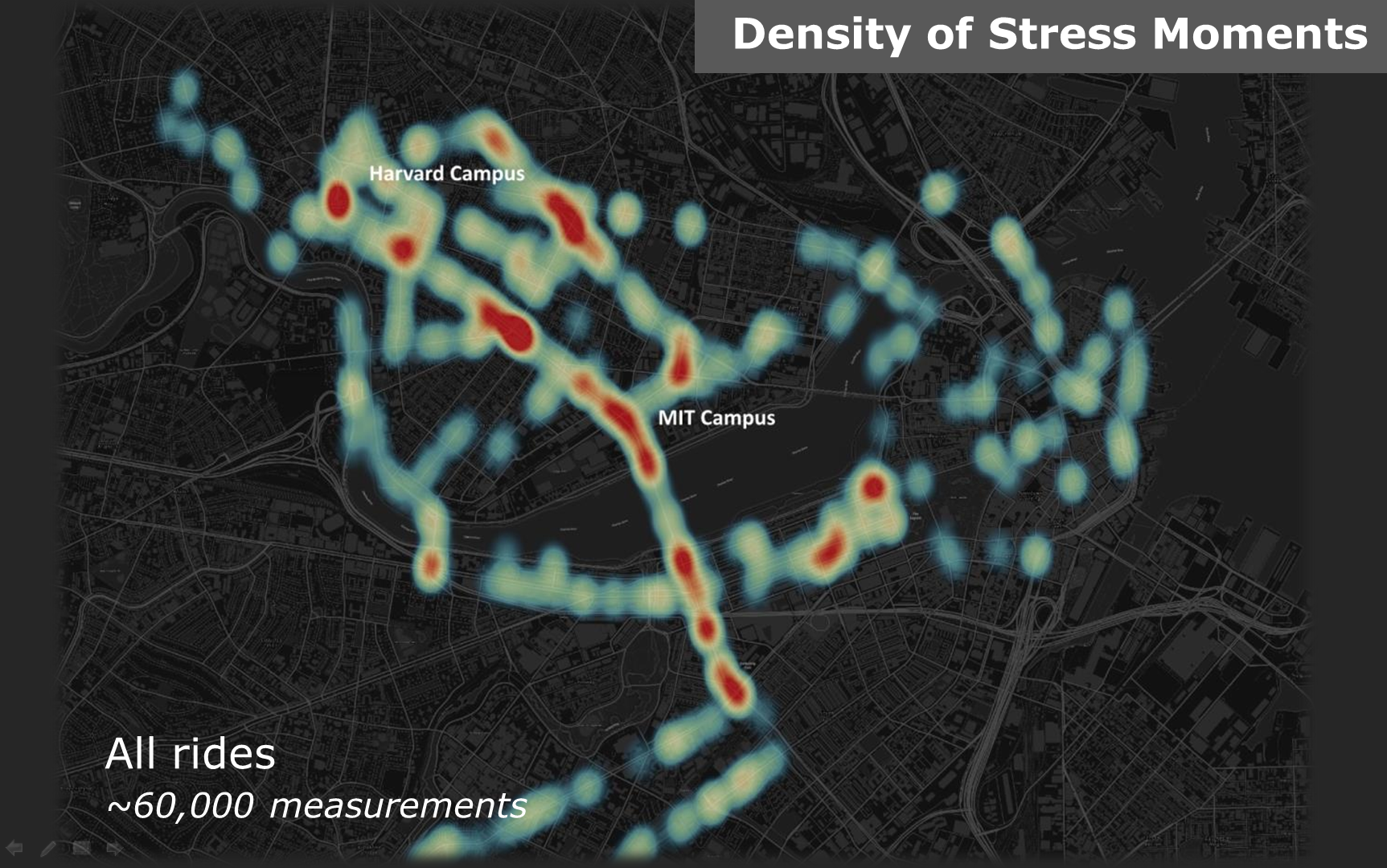Background
Bicycle mobility is becoming increasingly relevant in the mobility system and has gained additional importance due to the Corona pandemic and the possibilities of the pedelec. This is reflected not least in rapidly rising sales figures, which could result in over 5 million bicycles being sold in Germany in 2020. As an alternative to the automobile and a supplement to public transport and walking, the bicycle reduces the burden on the environment and can promote personal well-being, fitness and health. At the same time, the bicycle represents an important technology in the testing of electric drives and digital networking in mobility. The downside of the social trend is shown by accident statistics. In 2019, the number of cyclists involved in accidents increased by about 33% compared to 2010, showing a high vulnerability to road traffic, especially for older age groups (Federal Statistical Office 2020). The main competitor for traffic space and main accident opponent remains motorized individual traffic (MIV). These factors – together with the subjective perception of safety counteract a shift from private motorized transport to cycling. The existence and condition of bicycle and road infrastructure as well as weather-related factors also have an effect on the shift potentials to the (e-)bicycle.
Methods
As part of the project, biostatistical data will be collected (emotion Sensing) will take place, which will be blended with further data. On the basis of a specific implications for new product developments in the field of new product developments in the field of stress-free bicycle navigation, (E- bike components, as well as for the optimization of bike infrastructures and for the and for environmentally sensitive traffic management (UVM) to make cycling safer and more comfortable. Central to the project are iterative surveys and evaluations of environmental and personal data in the model cities to identify factors influencing the perceived safety and comfort of cycling.
In addition to the prototypical development of stress-free bicycle routing, the demand-oriented further development of bicycle-specific components in an innovation network, and sensor technologies, research is also being conducted into the requirements for bicycle infrastructure and the link to UVM.
Goals
The core objective of the project is to derive implications for increasing safety and comfort for cyclists as well as to
to contribute to sustainable and climate-neutral mobility. Through the collection and evaluation of environmental and personal data, possible factors influencing the perceived bicycle safety and mobility comfort will be identified. This is done by using emotion sensing in the model cities of Osnabrück and Ludwigsburg, i.e. by collecting biostatistical data such as skin temperature or heart rate during bicycle use. With the help of these data, mechanisms are to be developed to measure safety, the perception of safety and mobility comfort in cycling, based on the underlying infrastructure, environmental influences, the cycling equipment used and the cycling accessories. On this basis, the project aims to further develop (e-)bicycle-related products and services (smart EBike/smart e-bike components, bicycle navigation, applicable sensor technology) in a user-centric manner. At the same time, the findings from the model cities will be incorporated into safety- and comfort-oriented cycling planning and into the expansion of the UVM of the city of Osnabrück.






